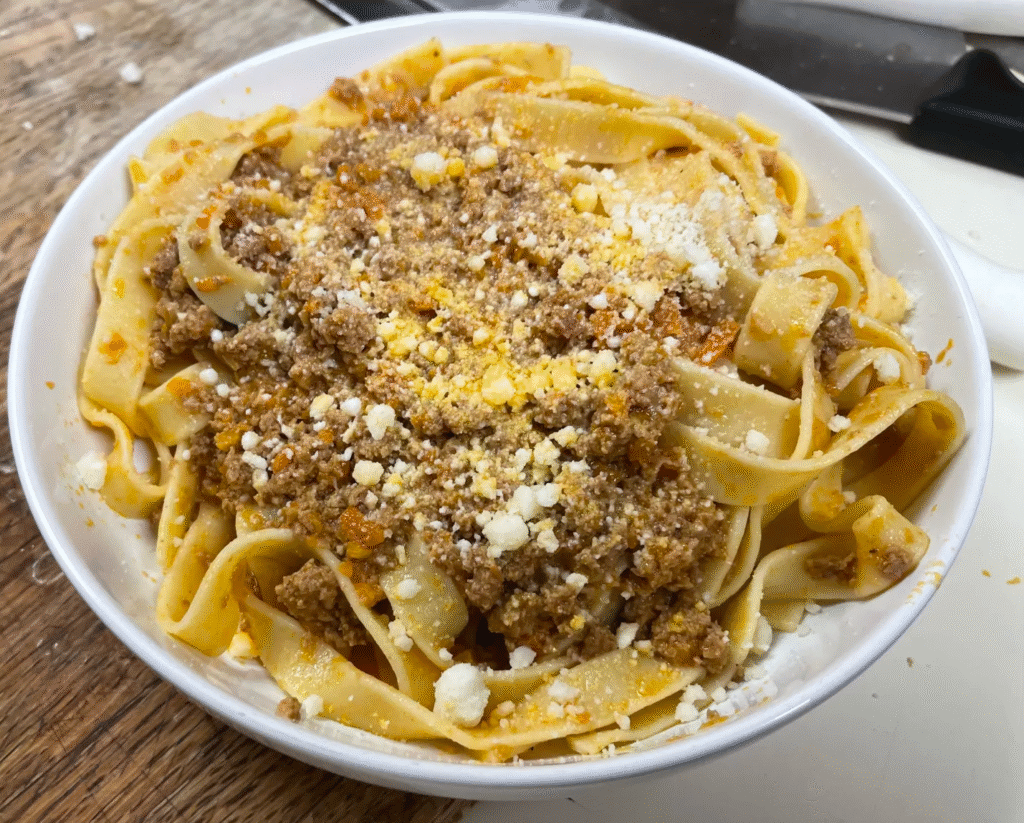
Bolognese, this hearty meat sauce has transcended its regional origins to become a beloved dish worldwide
History
The roots of Bolognese sauce trace back to Bologna, the capital of Italy's Emilia-Romagna region. The earliest documented recipe resembling today's Bolognese appears in Pellegrino Artusi's 1891 cookbook, "La scienza in cucina e l'arte di mangiar bene" ("The Science of Cooking and the Art of Eating Well"). Artusi's version, known as "Maccheroni alla bolognese," featured lean veal fillet, butter, carrot, pancetta, and broth, with an optional addition of cream. Notably, tomatoes were absent, highlighting the evolution of the sauce over time.
Traditionally, Ragù alla Bolognese is paired with tagliatelle—a broad, flat pasta that adeptly holds the dense sauce. This combination remains a staple in Bologna's culinary scene. However, outside Italy, particularly in English-speaking countries, the sauce is often served with spaghetti, leading to the popular yet non-traditional "spaghetti bolognese." This adaptation has become ubiquitous globally, though it differs from the authentic Italian pairing.
Cook bacon in butter until soft; add prosciutto and simmer for 2 minutes.
Add onions, carrots, celery; cook until soft. Stir in the beef, veal and pork; simmer until half done, the beef pink.
Then stir in the broth and wine, raise heat slightly, and cook until sauce thickens, stirring constantly.
Blend in the tomatoes (if canned, first put through strainer or food mill). Add salt, pepper, clove, nutmeg, stir in well, and taste for correct amounts. Blend in hot water, cover pan, and simmer over low heat for 1 hour, raising cover and stirring frequently.
Blend in the mushrooms and the chicken livers. Raise heat slightly and cook, uncovered, for 5 minutes. Just before using the sauce, blend in the heavy cream, stirring the mixture well. Makes about 5 cups.